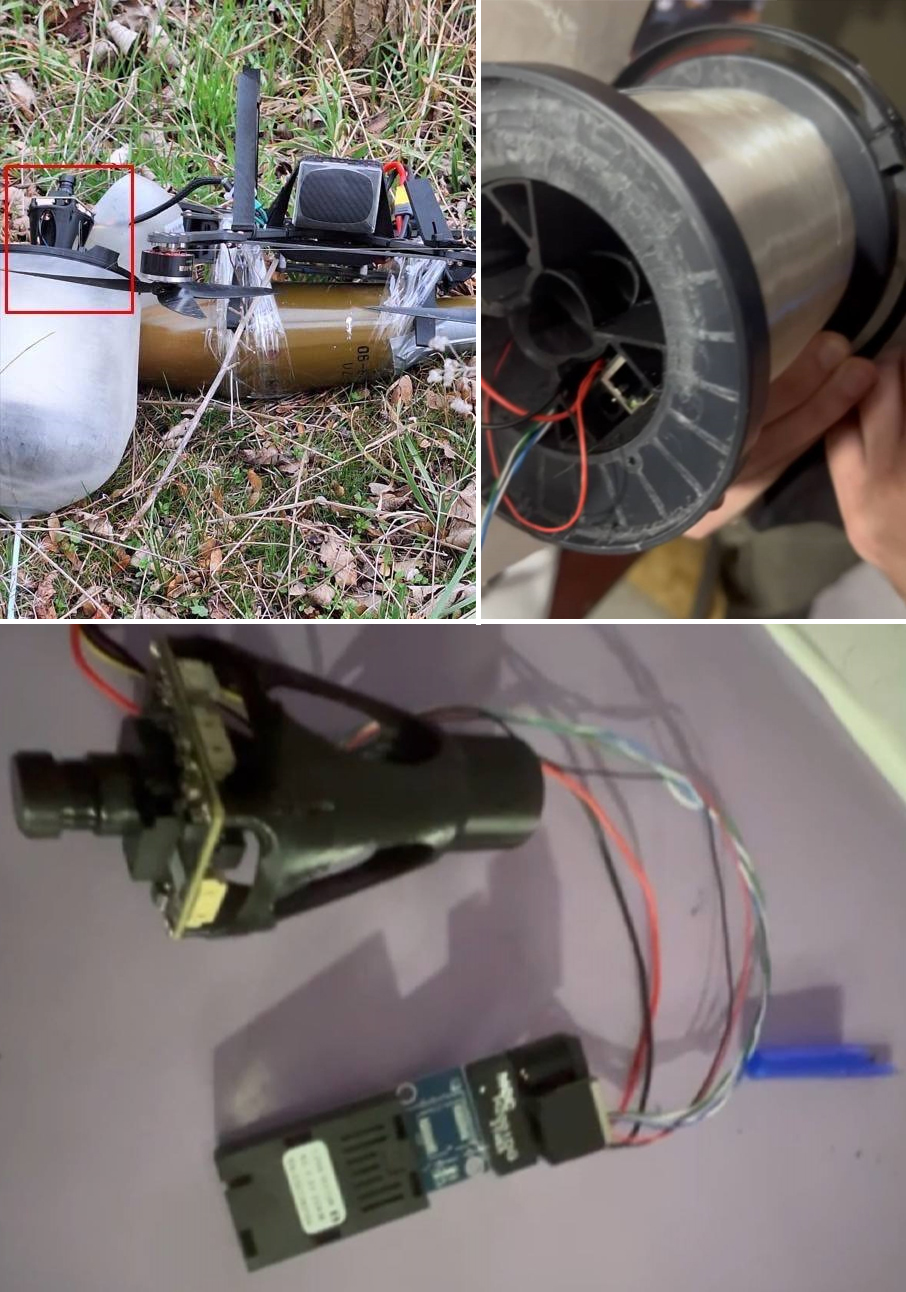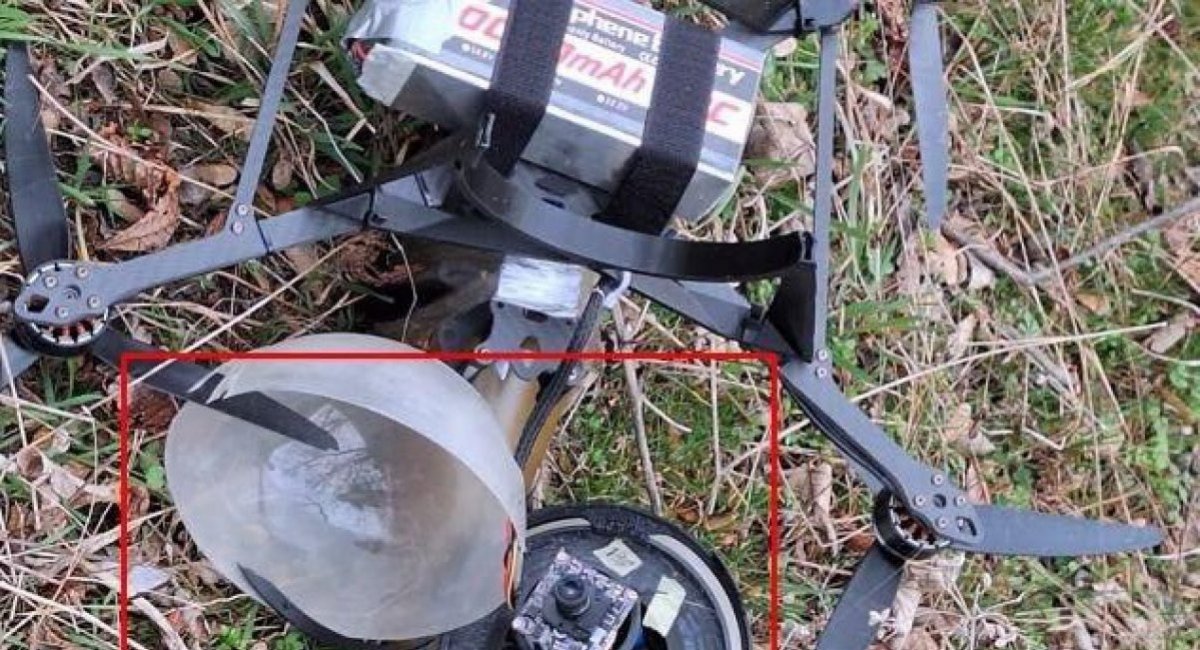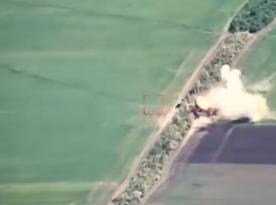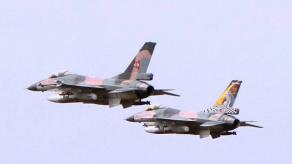The invasion forces of russia have started using FPV drones controlled via fiber optic wires. This way of signal exchange makes the UAVs completely invulnerable to any electronic warfare systems as they operate without reliance on radio communication.
The emergence of these drones came to light through a report by Serhii "Flash," an expert at military communication and EW, he also published photographic evidence of the device on his social media. Equipped with a 10 km long fiber optic spool, the drone unwinds the cable while navigating through the air, maintaining communication with its operator.
Read more: Video of Shahed-136 Production in russia: Massive Scale But Hollow Airframes Instead of Assembled Drones

Although the finding of this drone remains an extraordinary case, the appearance of such a product on the battlefield suggests russians have already refined the design and are preparing to commence mass production, even if in a small batch for trials, for now.
The adoption of optical fiber technology on FPV drones can be a surprisingly significant enhancement to its capabilities. Not only does it render electronic warfare ineffective, but it also provides operators with high-quality imagery. Moreover, it becomes impossible for the adversary to track down the operator, which relies on signal intelligence methods like monitoring radio communication between the drone and its pilot.
However, this innovation comes with drawbacks. Firstly, the drone's maneuverability is restricted to prevent entanglement. Secondly, there is always a risk that the wire breaks somewhere along that 10-km line, and if no backup radio communication channel is provided, the UAV is lost for good.
For reference, the use of optical fiber to control weapons is not an innovation in itself, the same principle was realized in some anti-tank missiles. For example, the Spike LR2 guided missile from Israeli arms maker Rafael drags a fiber optic spool, unwinding it for up to 5.5 km.
Serhii Flash urged Ukrainian specialists to explore the feasibility of integrating this technology into their own drone development. He also noted that such proposals were made in the past, during the dedicated Hackathon event organized by the Ministry of Defense of Ukraine, but rejected because the military doubted the wire wouldn't break while being pulled for ten kilometers straight.
Read more: russian General’s Compromised Data Reveals Murom-M Systems Locations and Legion Commanders














